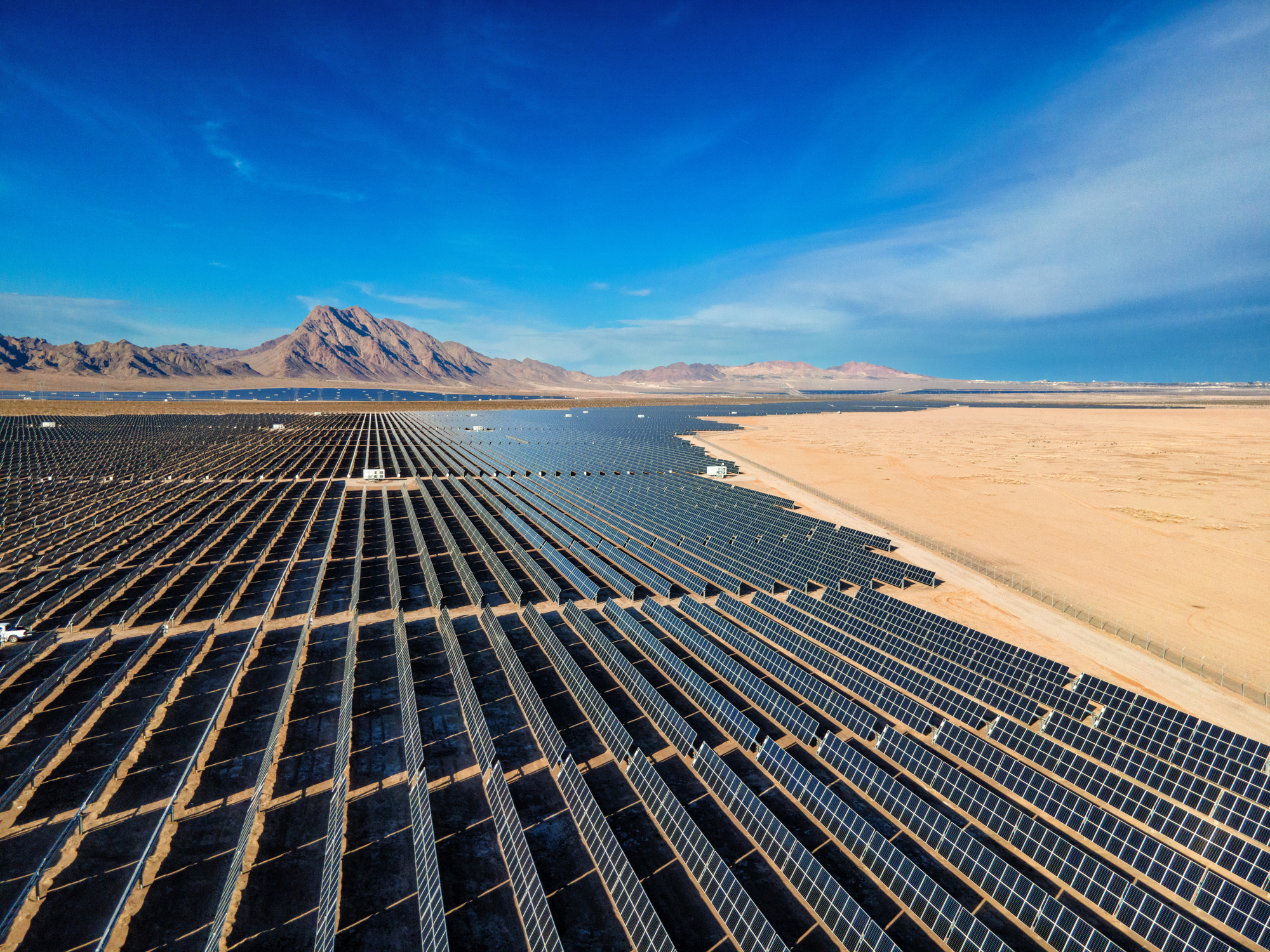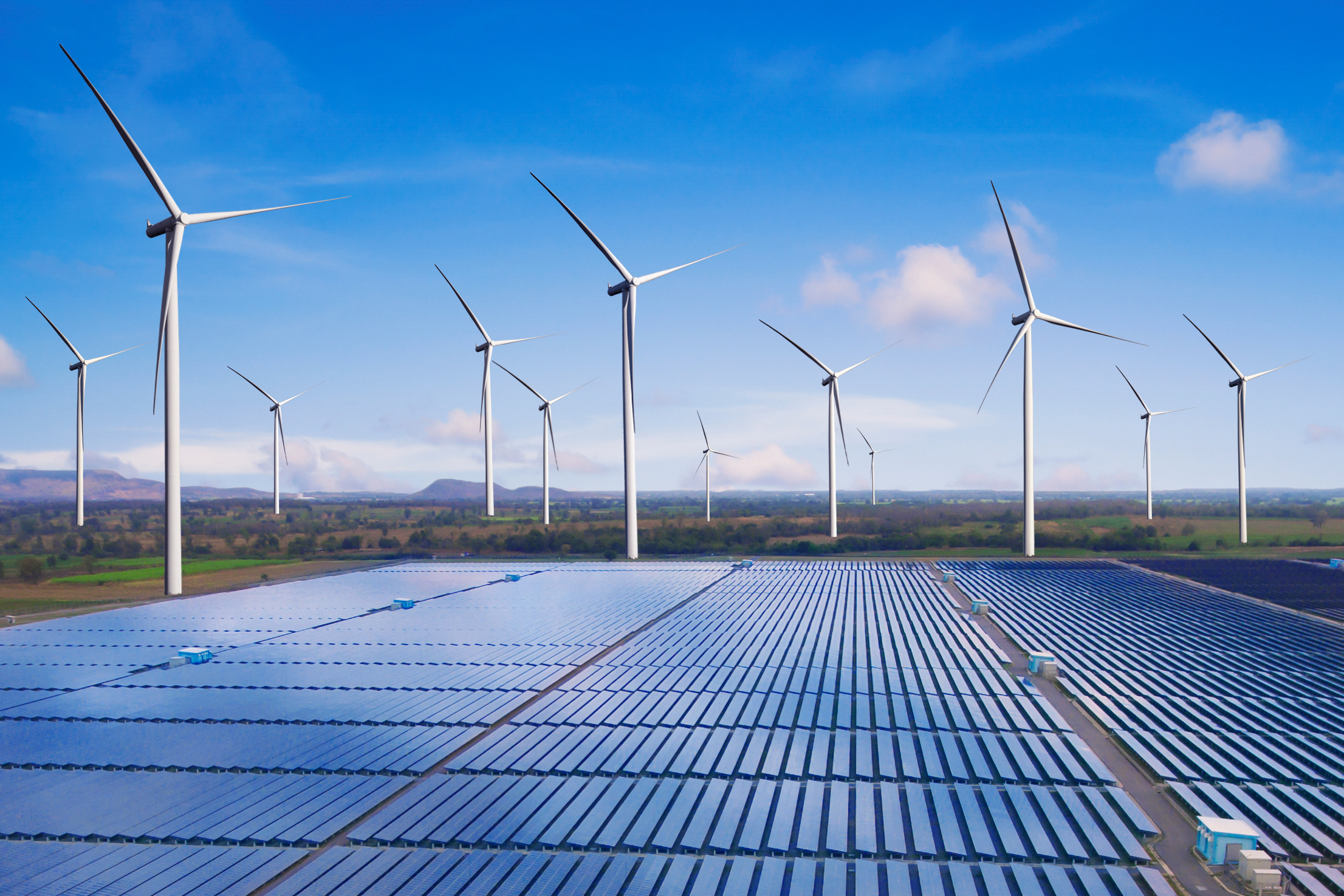Imagine that you woke up one morning after a stormy night, the wind was still blowing,
leaves still rolling around the neighborhood, and trees dancing like they were in a rock group.
one might assume that the first thing that comes to mind is the roof, isn’t it? But what if the
roof is full of solar panels, and the people living there want to have a different color? You
might ask yourself, “Are my solar panels hurricane and unusually severe weather resistant?”
Let’s turn the light on how robust solar panels perform during violent storms, particularly in
Texas.
Assembling homes to withstand the storm
Solar panels are made to last due to the conditions they are exposed to whenever they are
installed. These panels are expected to be put outside and therefore manufacturers design
them to last. Reliable brands subject their solar panels to wind forces equivalent to a category
4 hurricane, which is wind speeds of up to 140 mph. However, it is important to know that
many Solar stations installed in regions vulnerable to hurricanes like Texas are designed to
provide even higher standards.
These factors included wind speed and structure of the building leading to the following
probability distribution.
The wind, which is perhaps the storm’s most lethal component when not confined to a
hurricane, is used to bring structures like roofs of houses or even trees down. The wind load
is applied on the solar panels, and they undergo this test in case they face such forces. It is
the pressure exerted by the wind on the structure in question which is termed as wind load.
Consequently, for instance, solar panels, imply certifying the ability of the panels and their
support structures to withstand high-velocity winds that may cause detachment or failure.
There is tempered glass among the components that provide solar panels with the necessary
level of durability. This most definitely is not your normal window glass. Tempered glass is
approximately four to five times stronger than normal glass; this makes it virtually hail-proof
due to its impact resistance. Imagine having the shield of a superhero on top of your roof!
Hail is a primary issue for many regions in Texas; at times, the hailstones are as large as golf
balls. An impact resistance test is practiced on the tempered glass that is used in solar panels
to determine whether it can endure the above thumps. In this case, panels are exposed to
situations whereby they are exposed to hail stones to determine their resistance. Modern solar
panels of good quality can withstand the impact of hailstone that is likely to hit the panels
with a velocity of up to 50 miles per hour.
Professional Installation Matters
Another factor that can enhance the fact that your solar panels can withstand various weather
conditions is when they are installed by professionals. When it comes to the installation in
Troop Solar, our professionals make sure that each panel is firmly fixed to your roof by
reliable mounting systems. Such systems are intended to firmly fix your panels even during
extreme weather conditions. A lesson on proper installation is that it can go a long way when
the winds start to blow.
Secure Mounting Systems
The strength of the mounting system is critical when a storm or hurricane is likely to hit.
Solar panels must be installed in such a manner that the force produced by wind is evenly
demounted and there is no uplift. Uplift takes place when the pressure of the wind blows the
panel right off the roof with possible damage or full detachment. Experts take a lot of time
when fixing the solar panels on the roof structure, and they also use better hardware to fix
the panels properly.
Notably, solar panels are tested before they get to your roof, let alone become installed. This
ranges from wind tunnel tests, hail impact tests, and even that of the simulated hurricane.
These tests help to check whether the panels can endure all the force that nature has to offer.
The result? Protection as a homeowner having a windbreaker investment which is made to
withstand all weather conditions.
Wind tunnels entail the installation of solar panels and subjecting them to high speeds of
wind blowing across. This testing mimics the conditions that are commonly encountered
during hurricanes and other similar calamity occurrences. From how these panels and their
mounting systems behave, the manufacturers can adapt in a way that can enhance the panels’
durability.
Real-World Resilience
The real severity of the tests can only be observed when the actual conditions are applied.
Hurricane Maria in 2017 destroyed many powers infrastructure in Puerto Rico, but most of
the solar installation was badly affected while the conventional power supply was completely
out of order. Likewise, on Hurricane Michael, which occurred in 2018, reports pointed out
that most of the solar systems installed in Florida were not destroyed. It is very clear from
the above real-life situations that well-installed solar panels can withstand very many things.
Case Studies
1. Hurricane Maria (2017): Many solar plants in Puerto Rico remained intact after the
storm with Its raging winds and water surge. One such organization is the Casa
Pueblo, a community and environment conservation organization that was able to
provide power throughout the period due to solar power technology. What happened
was the conventional power distribution on the island was almost dismantled;
however, the generating department of Casa Pueblo continued supporting the
necessary needs of the population proving the efficiency of solar energy.
2. Hurricane Michael (2018): The storms did not compromise the steadiness of solar
installations in Florida during Hurricane Michael. Some of the recommendations from the actual field suggested that adequately installed solar panels were not as damaged, ensuring the solidity of even one of the strongest storms within the region.
Maintenance and Monitoring
Nonetheless, it is vital to note that, although solar panels are created to last, they need
consistent cleaning and checking. Troop Solar also offers ongoing services that will help
keep the system in perfect working conditions. If your system is frequently monitored,
potential problems can be detected before they escalate into catastrophes, so the community’s
system will always be prepared for any storm.
Preventative Maintenance
Maintenance of solar panels entails a routine check-up to ensure that all installed units offered
to the public are working as required. This may involve washing the panels to get rid of dirt
or dust inspecting them for excessive wear or damage and ensuring that the wiring
connections are well done and secure. This is because the lifespan of the solar panels and the
efficiency with which they work are sustained through maintenance.























